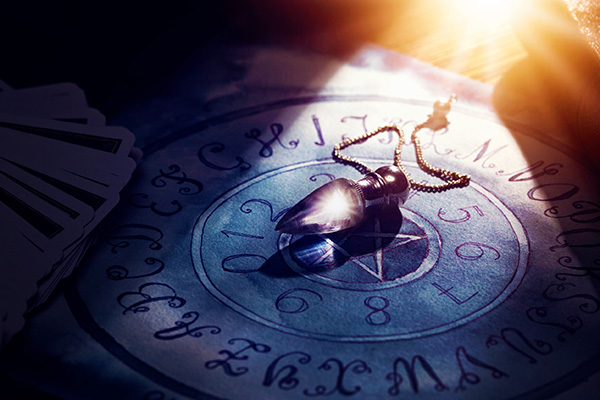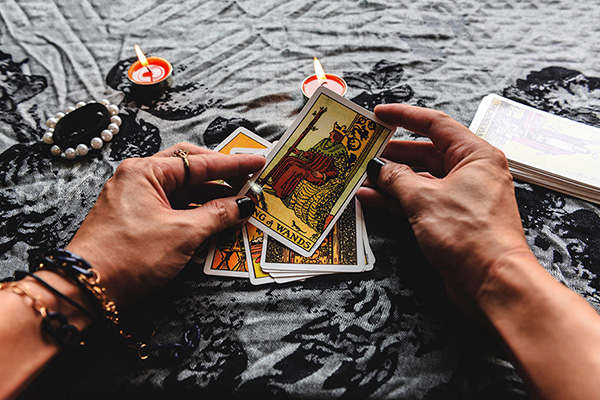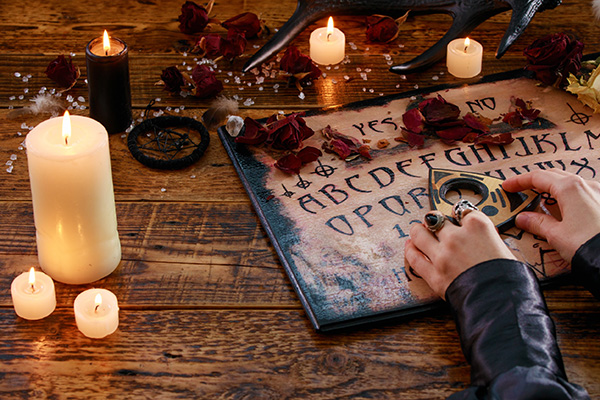divination readings
Dagaz Promises Enlightening Energy This Year
 When I recently did a rune cast for the coming year, Dagaz came up as the central energy for 2024.
When I recently did a rune cast for the coming year, Dagaz came up as the central energy for 2024.
The energy of Dagaz within the context of the surrounding runes in my annual forecasting permeates the fabric of 2024, and its transformative qualities promise both personal and collective enlightenment.
Dagaz, known as the “rune of enlightenment,” represents a powerful force of transformation and enlightenment. Dagaz, pronounced “dah-gahz,” translates to “day” or “dawn.”
Dagaz is the rune of brave, bold change. Its energy encapsulates the moment of sunrise, signifying the transition from darkness to light. It represents the burst of light that breaks through at the moment of illumination.
It is a symbol of hope, clarity, and the promise of a new day and a metaphor for gaining insight, clarity and understanding.
In divination, Dagaz is a positive and auspicious sign, suggesting that a period of darkness or confusion is coming to an end, and a new phase of understanding, growth, and enlightenment is beginning.
This rune embodies awakening, transformation, rebirth, hope, enlightenment, and the continuous evolution of existence. As the focus of this year’s casting, this rune predicts profound changes in both personal and global energies.
The Practical Possibilities Of Pendulum Divination
 Pendulum divination, a practice steeped in ancient mysticism and esoteric wisdom, has found its place in various areas of spiritual exploration. Often associated with answering yes or no questions, the swinging motion of the pendulum taps into the energies of the universe and guide those seeking answers.
Pendulum divination, a practice steeped in ancient mysticism and esoteric wisdom, has found its place in various areas of spiritual exploration. Often associated with answering yes or no questions, the swinging motion of the pendulum taps into the energies of the universe and guide those seeking answers.
However, the pendulum’s capabilities extend beyond a binary response, encompassing diverse applications in psychic readings and energy healing practices.
One of the most common uses of pendulum divination is to answer yes or no questions. The pendulum, held by a seeker or psychic, swings or rotates in response to the energies surrounding a particular situation. The intuitive movement manifests unseen forces that provide insight into the seeker’s question. Whether exploring matters of the heart, career decisions, or spiritual inquiries, the pendulum serves as a conduit for connecting with the ethereal.
Beyond simple yes or no inquiries, the pendulum is a powerful tool in energy healing practices, especially chakra balancing. Chakras, the energy centers within the body, are crucial to maintaining physical, emotional, and spiritual well-being.
The People In Your Tarot Court Cards
 In a psychic tarot reading, several court cards, also known as ‘people cards’, may come up in a spread. This can be challenging and even confusing, because the reader must now interpret not only the situational influences and circumstances revealed by the spread, but also the other people who are playing a role, or may still be involved in the matter.
In a psychic tarot reading, several court cards, also known as ‘people cards’, may come up in a spread. This can be challenging and even confusing, because the reader must now interpret not only the situational influences and circumstances revealed by the spread, but also the other people who are playing a role, or may still be involved in the matter.
There are many different approaches to interpreting tarot court cards, but my personal preference is to associate each card with an astrological sign of the zodiac.
There are 78 cards in a traditional Tarot deck. The first 22 cards are the Major Arcana and the remaining 56 are the Minor Arcana. The Minor Arcana are divided into four suits that correspond to the four classical elements of Air, Fire, Water, and Earth.
The element of Air is typically represented in the deck design as swords, feathers, birds, or clouds. The element of Fire is usually represented as wands, batons, or staffs. The element of Water is represented by cups, chalices, bowls, or mermaids. And the element of Earth is represented as pentacles, coins, or stones.
Sixteen of the 56 minor arcana are the court cards. The court cards of each suit represent people who embody the personality, traits, or influence of the associated element. Occasionally, a court card may also represent someone who fits the physical appearance of a particular person card as depicted in the card’s design.
How To Do A Tea-Leaf Reading
 When I do a teacup reading, I let my mind to run free as I interpret the symbols in the tea leaves for the client. There are standard traditional guidelines as to what different shapes may symbolize, but I prefer to let my intuition do the talking.
When I do a teacup reading, I let my mind to run free as I interpret the symbols in the tea leaves for the client. There are standard traditional guidelines as to what different shapes may symbolize, but I prefer to let my intuition do the talking.
Interpretation of the tea leaves is subjective, and there is no one right way to do it. Different readers will interpret the same patterns differently.
However, there are some common symbols one will often find in the bottom of the cup include animals, human faces, and all kinds of everyday objects. Symbols grouped together can create a theme, and sometimes the tea leaves spell out letters of the alphabet or numbers.
Tea-leaf reading is also known as tasseography, tasseomancy or tassology. Tasseography is also done by reading wine sediments and coffee grounds. This divination practice possibly originated in China, where tea was first cultivated, and may have evolved from the Chinese traditions of divining the patterns left by the dregs of wine in a cup, as well as the patterns created by the smoke from incense sticks.
Tea itself was first introduced to Europe in the 17th century and thus tea-leaf reading spread to other parts of the world. Among the first Europeans to embrace the practice were the traveling Romani people, who sometimes offered is as a door-to-door service. Tea-leaf reading also became popular in Victorian times as a parlor game.
Like Tarot reading or scrying a crystal ball, tea-leaf reading is a divination method for accessing the universal consciousness via the subconscious mind. Slowing down the rational, analytical mind allows us to focus on our intuition to receive divine guidance.


